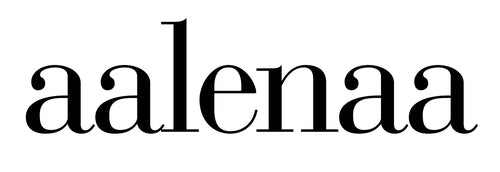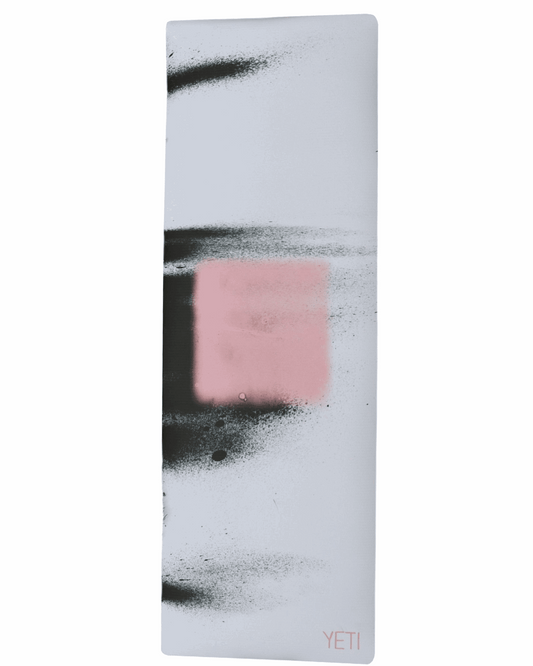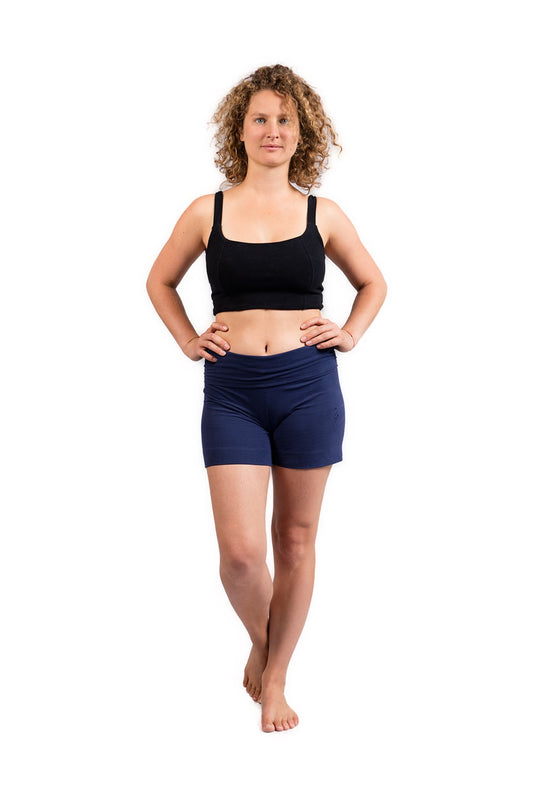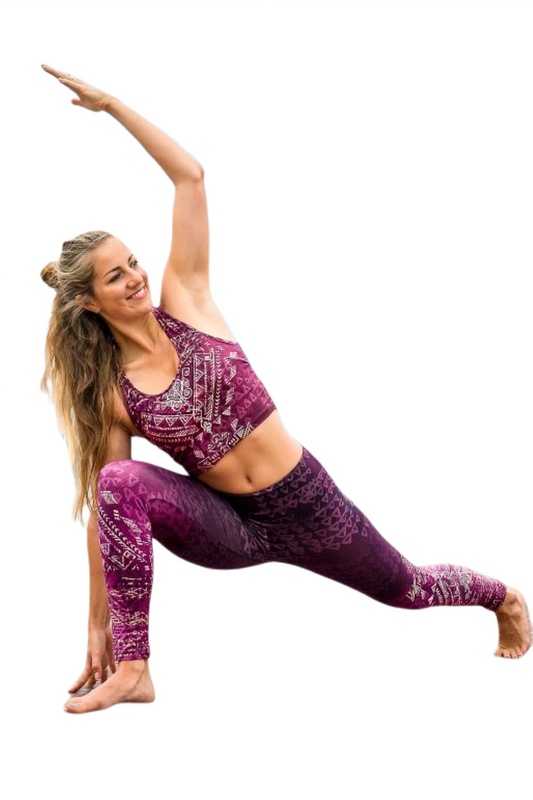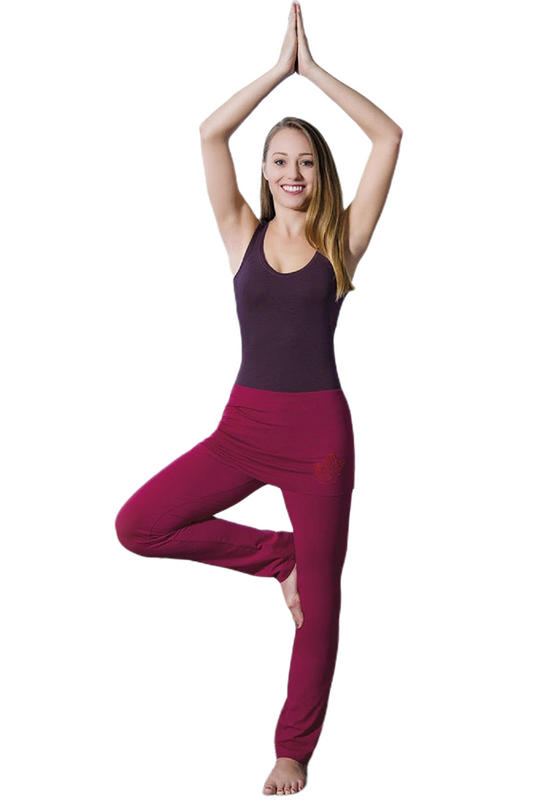Kriya Yoga: The Path of Meditation
Advanced, meditative techniques are at the heart of Kriya Yoga. They aim to bring the body and mind closer to God. In this teaching, which is scientifically known as the highest yoga technique, the soul is supposed to unite with God and thus break free from all physical ties.
- Yoga accessories from aalenaa -
The Origin of Kriya Yoga
Kriya yoga, like most other yoga styles, originated in India thousands of years ago. During the dark centuries, the meditative teaching was sometimes lost - until it was rediscovered in modern times by Mahavatar Babaji in the 19th century. A disciple of Babaji, Lahiri Mahasaya, was the first to teach this style of yoga to the public. From the 1920s, the ancient science spread throughout the western world.
The old Indian teacher Paramahansa Yogananda is one of the few "enlightened ones" who have mastered the Kriya teachings. To this day he is revered as the epitome of divine incarnation. As an Indian yoga master, Yogananda associated the Kriya teachings with Jesus Christ and his disciples. Based on his wisdom, the organization Self-Realization Fellowship (SRF) was founded in 1920, which wants to make the Kriya teachings accessible to those interested in yoga from all over the world.
Effects of Kriya Yoga
Kriya Yoga activates your very own life forces. As an advanced teaching without a physical focus, the yoga style activates the prana currents. These send life energy into all organs so that body and mind are in harmony. The life currents that flow along the spine also accelerate spiritual development. The inner forces awakened with the help of the teaching weaken or eliminate unhealthy, subconscious influences. This makes it possible again to direct one's own attention to priority, important goals in life in a naturally clear state of consciousness.
What to expect from a Kriya class
At the heart of the Kriya teachings are three different meditation techniques. They enable you and your body to achieve the highest goal - union with God. In the first place is a series of psycho-physical exercises, the charging exercises. The relaxation-promoting exercises prepare you for the meditative awareness phase. Conscious breathing and attentive mindfulness provide the body with cleansing and strengthening energy. After about 15 minutes, your body should be in a calm state of consciousness, in which neither tension nor stress prevail.
The second technique, also called the Hong Sò technique, awakens the dormant concentrated forces. The technique teaches us not to make our own thoughts and energies dependent on external distractions. Instead, the focus should either be on solving a specific problem or realizing the internalized divine consciousness.
As a final preparatory technique, you practice the meditative Om technique. This high technique is for discovering your own divine self. By taking your consciousness beyond the confines of your body, she is already realizing your very own divine potential.
At the end of Kriya Yoga is the Kriya technique of the same name. A revitalizing, life-enhancing technique. By slowing down normal bodily functions such as the heartbeat, it guides the body into complete inner stillness and deep peace. However, you cannot learn this technique in one day, just as a mountaineer cannot scale Mount Everest in one day. Rather, you can be initiated into the perfect technique of Kriya Yoga after about a year of your yoga practice. By the way: Just like in Kundalini Yoga, Kriya teachers and students traditionally wear white during class. The bright clothing stands symbolically for a new beginning.
Who is Kriya Yoga suitable for?
In principle, all people, regardless of their personal concession, can practice Kriya. Nevertheless, it is advisable to only carry out the meditative awareness exercises in the company of a yoga teacher. Only in this way can the physical and mental energy flows be controlled to such an extent that divine realization is possible.
Kriya techniques for beginners
In order to achieve a responsible, inner attitude in the "art of doing", there are simple meditative exercises suitable for beginners. In the classical sense, this includes prayer, which can be practiced in any quiet room in an inward state of consciousness. Conscious breathing as well as tensing and relaxing are also part of this. As a final exercise, the breath should flow naturally without judging or observing. This directs all attention to the inner being that is so important for the Kriya style.
